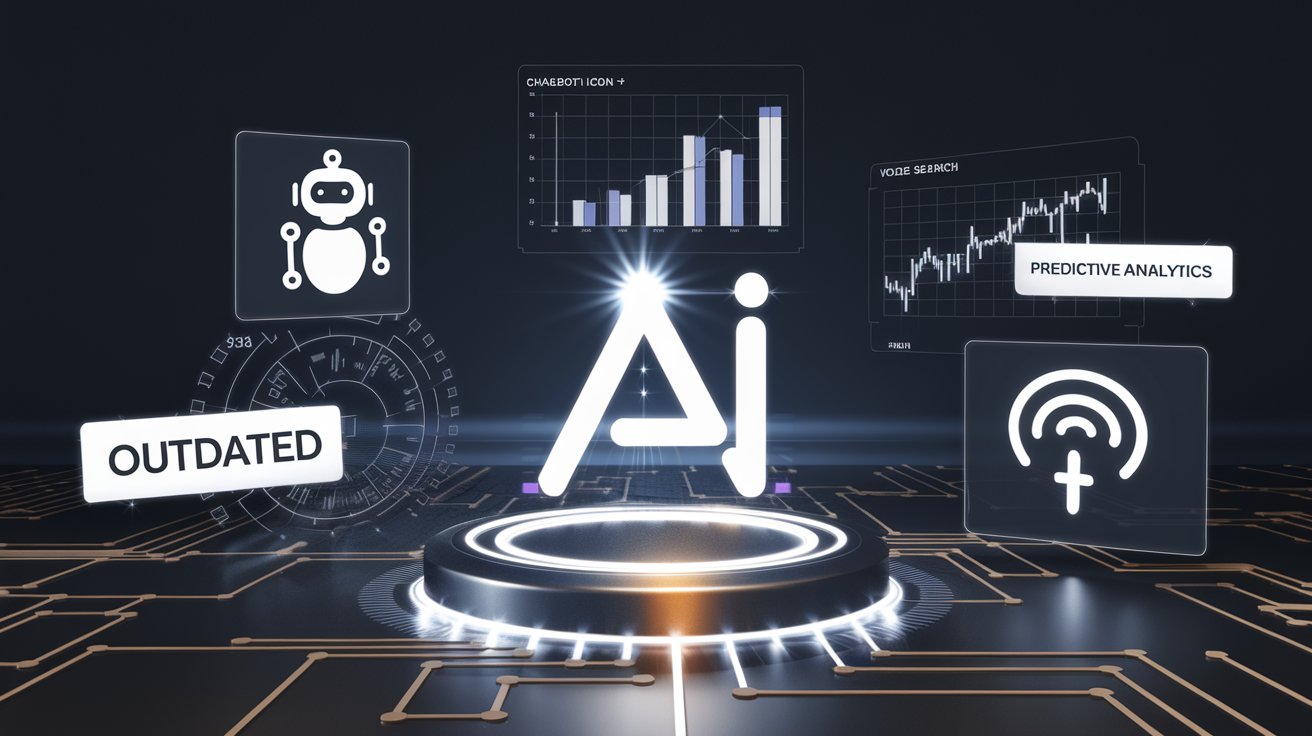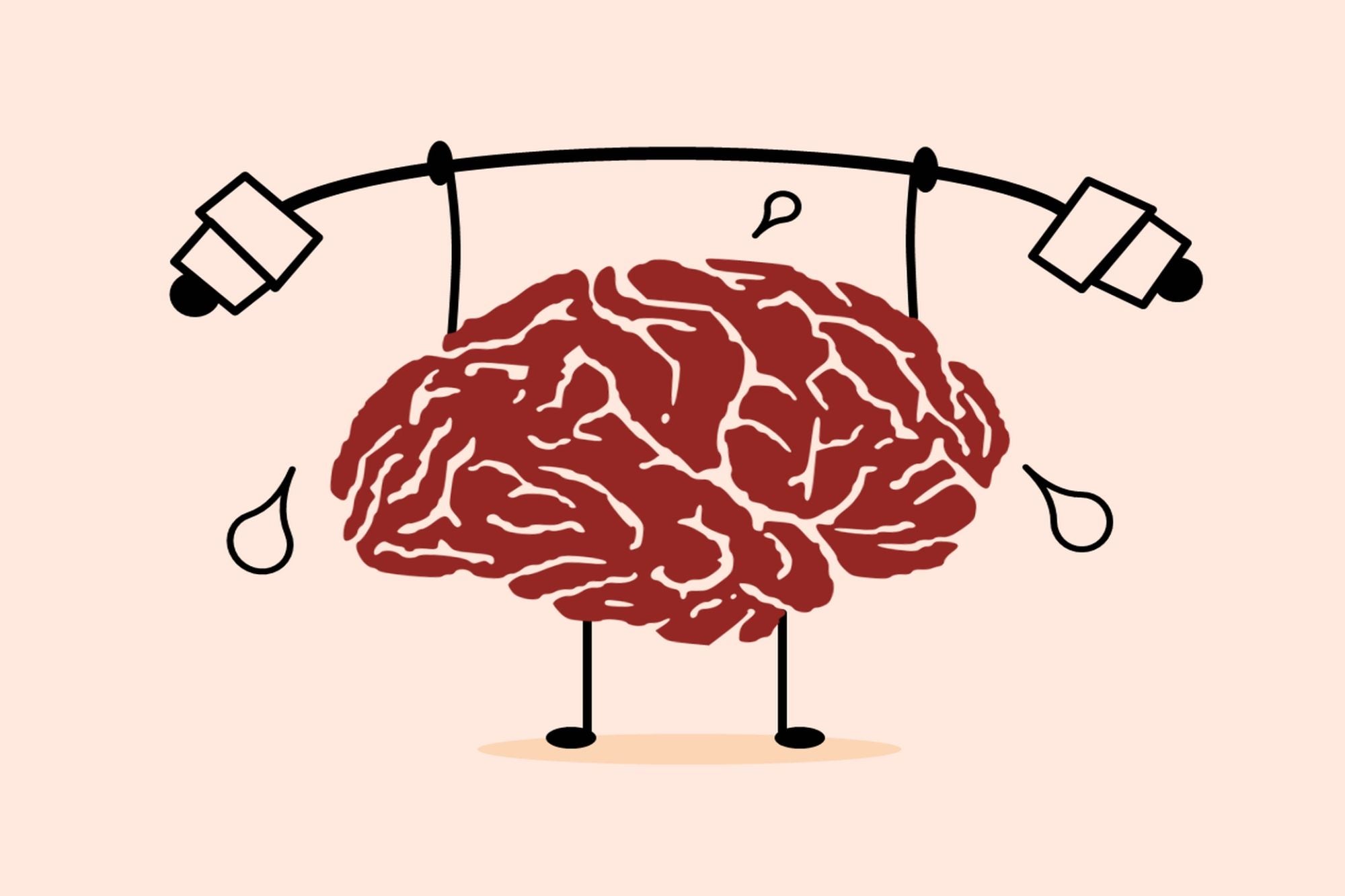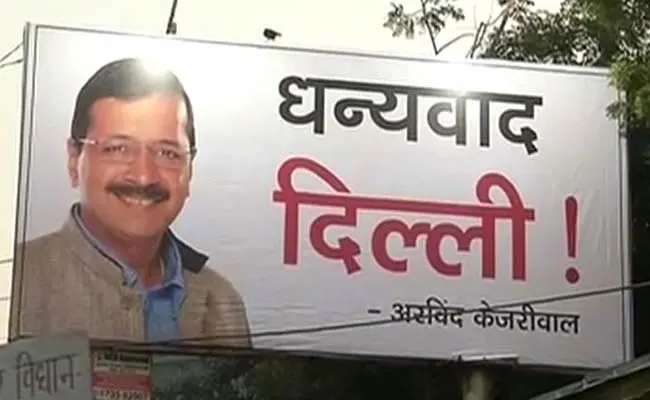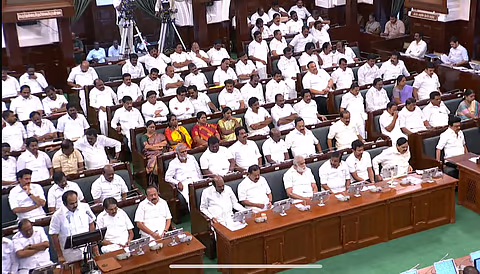Explore how a digital detox brought mental clarity, improved health, and deeper relationships. Learn how disconnecting from screens can transform your life too.
How many hours do you spend on your phone? scrolling reels and YouTube videos? In today’s hyperconnected world, it’s easy to feel overwhelmed by the constant barrage of information, notifications, and the pressure to stay connected. One can’t deny that digital devices are an integral part of our lives but we must forget that it also harm us in certain ways. I never thought I needed a digital detox until I realized how much my life was dominated by screens.
From the moment I woke up to the last thing before bed, I was glued to my phone, laptop, or tablet. It wasn’t until I started feeling mentally exhausted, physically drained, and increasingly distant from the people around me that I understood something had to change. What started as a casual decision to “cut down on screen time” turned into a transformative journey of rediscovery and reconnection with the world around me.
This article delves into the process of completing a digital detox, providing light on its significance, hurdles, and the major impact that it may have on your mental, physical, and emotional well-being.
Understanding Digital Overload

In the last few decades, Smartphones, tablets, and laptops now dominate our work, social lives, and free time. This non-stop connection has created digital overload – we’re bombarded with too much information and interaction. Digital overload harms both the mind and body. It increases anxiety, stress, and depression as our brains can’t keep up with the constant data stream. Physical problems include headaches, strained eyes, and bad posture. All of these issues hurt our overall health.
There is a price for the accessibility of digital technology. We need to acknowledge and confront the adverse effects of our increasing reliance on technology.
I remember the constant mental fog that settled in over time. My mind was never at rest, always buzzing with notifications, emails, and the endless scroll of social media. It was like my brain was in overdrive, trying to process too much information at once. This mental overload was overwhelming rather than merely annoying. I began to experience tension, anxiety, and all aspects of nervousness. Physically, I started feeling sudden headaches, eyes strained, and sometimes dizziness.
The impact on relationships is particularly concerning. Many people spend less time with loved ones in person, opting instead for online interactions. This creates a paradox – we’re more “connected” than ever, yet feel increasingly isolated and lonely. The realization that digital habits are damaging real-world relationships is often a powerful wake-up call.
To address digital overload, we need to set boundaries on device use and prioritize face-to-face interactions. Taking regular breaks from screens and engaging in offline activities can help restore balance and improve well-being.
The Benefits of a Digital Detox
A person’s life can be significantly changed by deciding to go digital detox. Getting away from the continual digital noise provides immediate mental clarity. Your mind relaxes when you’re not constantly interrupted by notifications, which lowers tension and improves focus. The first thing I noticed was a sense of mental clarity that I hadn’t felt in a long time. Without the constant barrage of information, my mind had the space to breathe, to focus, and to think clearly. It was like a weight had been lifted.
Physically, you’ll notice less strain on your eyes, better posture, and more energy throughout the day. But perhaps the most significant change was in my relationships. With less time spent on my phone, I had more time to reconnect with the people around me. Conversations became more meaningful, and I felt a deeper sense of connection with my family and friends. The loneliness that had crept in slowly began to fade, replaced by a renewed appreciation for the relationships in my life.
How to Plan a Successful Digital Detox
Planning is key to a successful digital detox. Start by setting clear goals—what do you hope to achieve? Whether it’s reducing screen time, improving your health, or reconnecting with loved ones, having a clear intention will keep you motivated.
Planning a digital detox is crucial for success. Start by setting clear, specific goals. These might include reducing screen time, improving mental and physical health, or reconnecting with the world around you. Having well-defined objectives keeps you motivated and focused throughout the detox process. It’s important to be realistic about what you can achieve and to tailor your goals to your personal needs and lifestyle. When determining your detox limits, keep work requirements, social commitments, and personal routines in mind. Establishing a well-defined strategy and objective lays the structure for a successful digital detoxification experience.
Another important thing was to identify my triggers, I noticed in my journey that I get annoyed easily and be silent always. I felt that boredom, stress, and FOMO were feelings that made me reach for my devices. Once I understood these triggers, I could learn healthier ways to cope: reading a book, going for a walk, or just taking a few moments to breathe and relax.
The foremost solution was to strictly set boundaries, saying no to screen time before going to sleep and after waking up in the morning and tech-free zones in the house where I could unwind without the temptation of digital distractions. Choosing the correct time to begin was also critical. I purposefully chose a weekend when I wouldn’t be constrained by social or professional obligations to give it my all.
The Role of Digital Detox in Long-Term Well-being

A digital detox is more than a temporary fix – it’s a stepping stone towards long-term well-being. The real challenge lies in maintaining a healthy balance with technology after the detox period ends. This balance allows you to enjoy the benefits of modern technology while avoiding the pitfalls of digital overload.
Reducing the amount of technology you use can be a wise move. To ensure that your devices serve you rather than control you, this involves prioritizing quality over quantity in your digital interactions. It may mean reducing your phone to just the apps that improve your life, organizing your digital stuff, and unsubscribing from pointless emails.
If you can’t continue with a continuous long-term commitment, there’s another solution to detox yourself. Go for small detoxes, which can help maintain the benefits you’ve gained. These don’t have to be lengthy – even a day, a weekend, or just a few hours each week can make a significant difference. These short breaks give you time to recharge, refocus, and stay connected to the physical world around you. They serve as a reminder of life beyond screens and help prevent slipping back into unhealthy digital habits. Read more- https://gn24.ae/c36656c5c0c0000
Setting boundaries is a common step in developing a long-lasting connection with technology. This may be setting up tech-free zones in your house, utilizing programs that restrict screen time, or setting out specified hours for social media or email checks. You can take back control of your digital intake and make room for other significant facets of your life by setting these limitations.
Future Trends in Digital Wellness
The growing awareness of the need for balance in our tech-driven lives has given rise to the trend known as digital minimalism. This change is a reflection of a deeper comprehension of the impact that continual connectivity has on our health. More people are looking for methods to focus on meaningful interactions with others—both offline and online—and lessen their digital footprint.
It taught me the value of balance, the importance of being present, and the joy of reconnecting with the world around me. Today, I continue to incorporate regular digital detoxes into my life, whether it’s a day, a weekend, or just a few hours each week. These breaks allow me to recharge, refocus, and maintain a healthier relationship with technology.
If you’re feeling overwhelmed by the digital world, I encourage you to give a digital detox a try—you might just find it as life-changing as I did.



 By
By

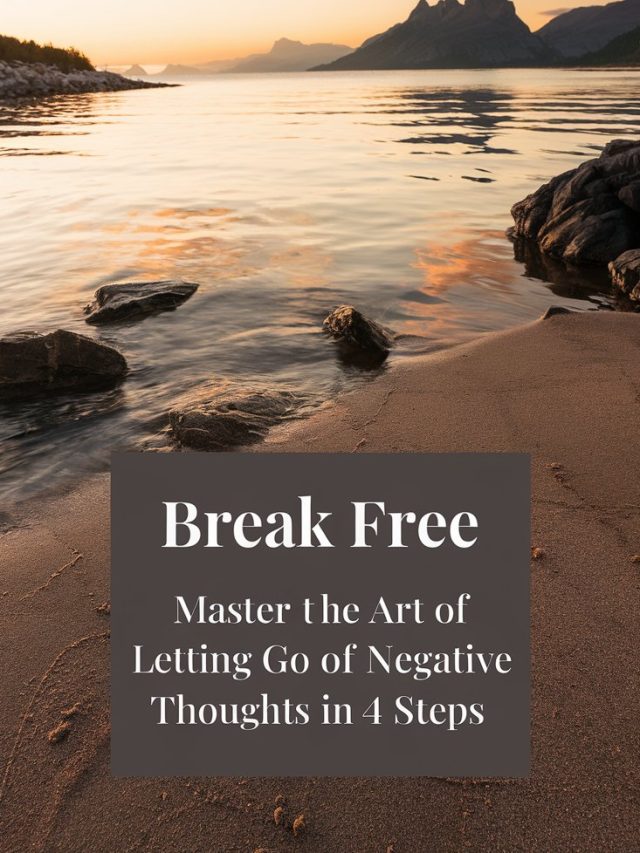

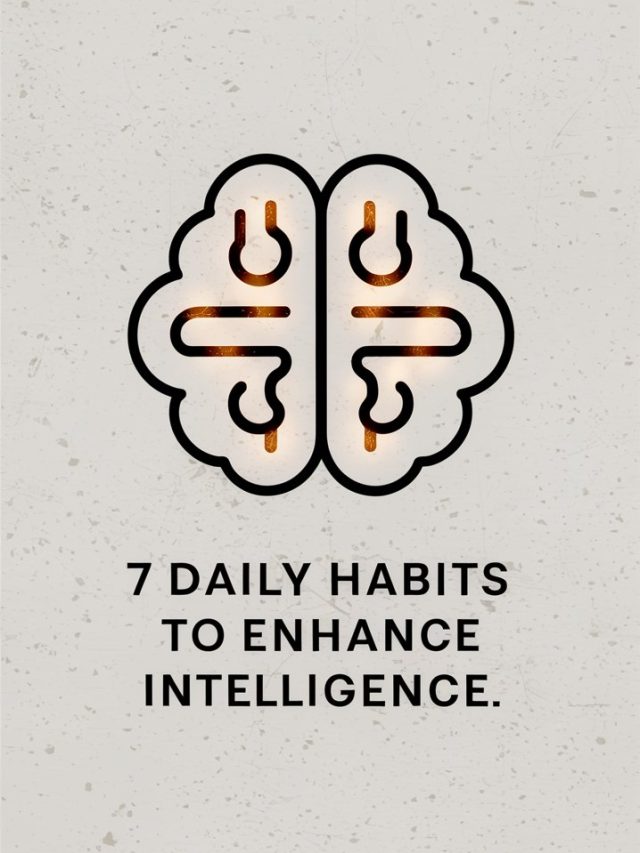
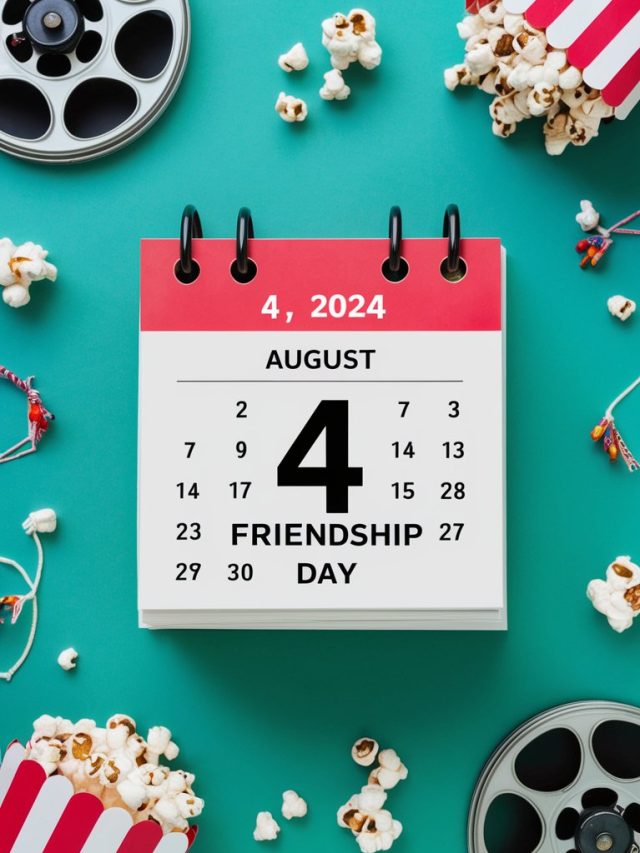
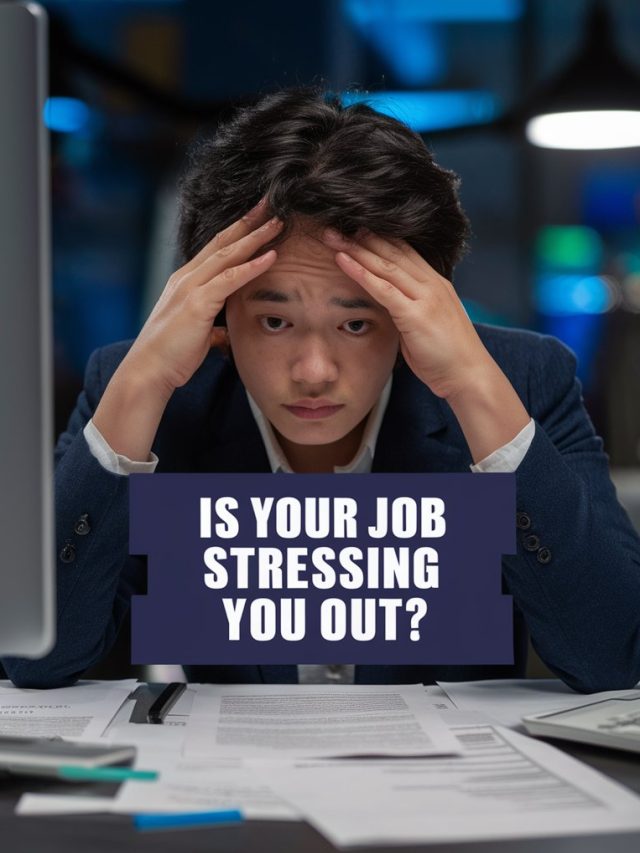

 By
By